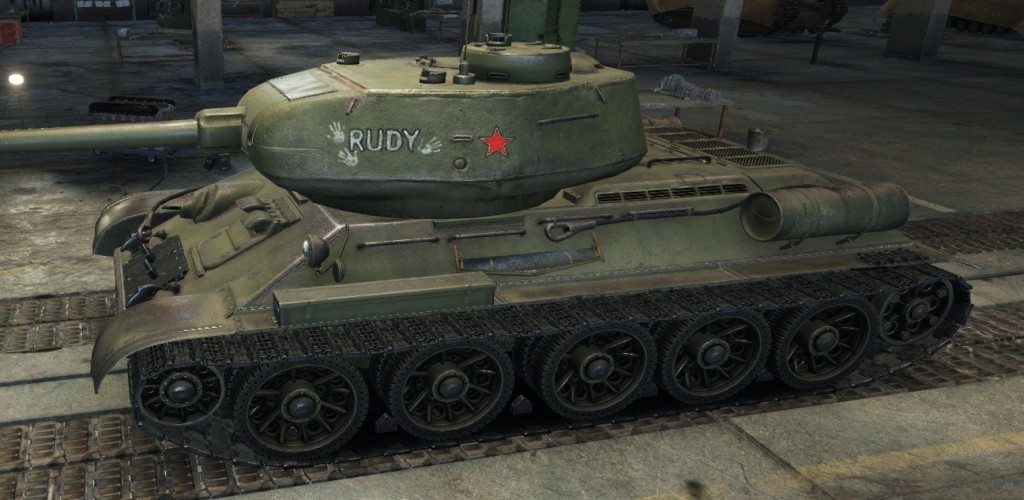Disclaimer: the contents of these articles merely illustrate the resources available for a historically accurate buff. This article does not imply that these changes should happen or will happen, either in combination or individually. Please pay attention to this disclaimer before being butthurt in the comments, thanks in advance.
The ISU-152 has long been a menace at tier 8 with its devastating 152 mm BL-10 gun, capable of bringing the pain to even top tier adversaries. What about its predecessor, the SU-152? You can have a D-25S to make it a poor man’s SU-122-44 or get the ML-20S, sling gold to hope to pen anything, and rapidly become a poor man. This just will not do. To the archives!
Let’s start with boring things, like the rate of fire. In game, it’s 3.39 RPM. “Aha!” you may yell, “the real rate of fire of the SU-152 was N RPM! Russian Bias!” I’ve heard many values for N, usually less than 2. As usual, people have read a number on the internet, didn’t understand it, and wish to yell it as loudly as possible. Soviet testing standards for rates of fire included using every rack (not just the ready rack), and re-adjusting targets. According to Yuri Pasholok’s book SU-152 and other SPGs on the KV tank chassis, the SU-152 achieved a rate of fire of 2.8 RPM using the first availability racks (10 shells), and the loader could load a shell from the most convenient rack in 16 seconds. Since WoT exists in an ideal world where every shell is in your best rack and your loader just chugged his own weight in Red Bull, the peak ROF (3.75 RPM) is not unreasonable.
“But Ensign!” you say, “I can get 3.75 RPM with a rammer or vents! Surely there is something better in your vast repository of knowledge!” Uh, let’s see, what else. A common field modification was an extra ammo rack of 5 made out of wooden spacers, placed underneath the gun, that’s a thing I guess. A ROF boost and few more shells isn’t so bad, give me a break, not every Soviet tank can get a huge and awesome buff.
Continue reading →







